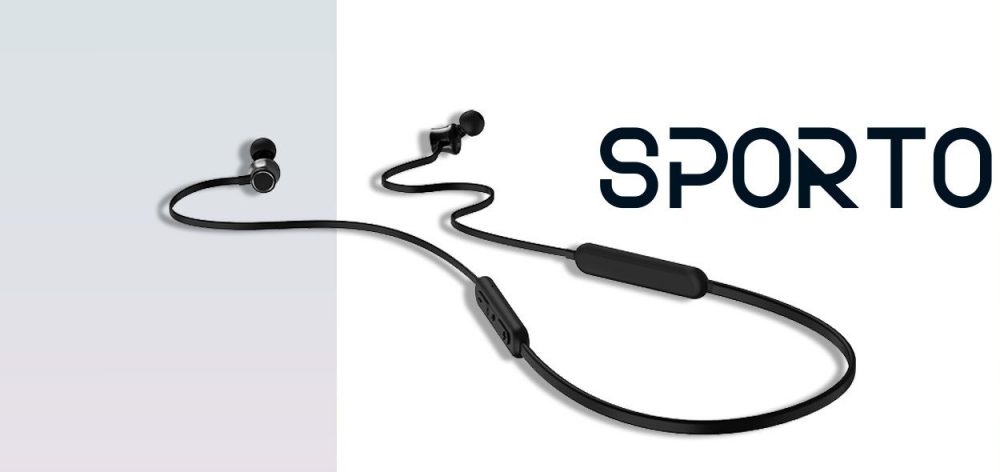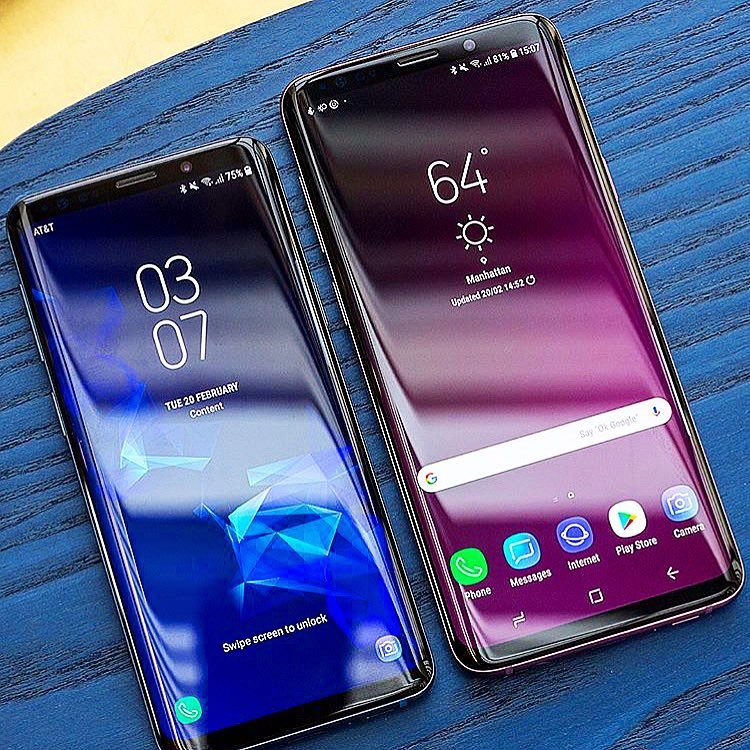A well-known troubleshooting suggestion within the Android community is to wipe the device’s cache partition. This is recommended to fix all sorts of random issues that people experience (especially after an OTA update). However, not many people know what the cache partition is, how it works, or that it isn’t even used in newer versions of Android.
If you have had an issue with an Android smartphone or tablet and went online to ask for help then you may have heard the ever-popular suggestion about the cache partition. People like to say that you should wipe (sometimes they use the word “clear” here) the cache partition to fix whatever problems it’s having.
It doesn’t matter if it’s a poor battery life issue, slow performance, overheating, etc.
The cache partition is thought of as some broken down part of Android that needs to be erased frequently to keep things working properly. In general, that isn’t the case. Sure, the cache partition can be the reason why something isn’t working but it usually isn’t. The reason why people suggest it is because it’s easy and doesn’t have a negative overall effect.
What is the Cache Partition?
Before we get into how it works you may be curious to learn what the partition is used for in the first place. Before an Android device leaves the factory it has its filesystem created and then proceeds to install the Android operating system. Just like a Windows install has multiple folders, an Android install has multiple partitions.
Each partition has its own use and the /cache partition is used to store and access some pieces of data from select applications and the Android OS itself. There isn’t a list of everything that goes on here but, for example, you’ll find that files downloaded from the Play Store are temporarily stored in /cache/downloads.
Note: this is different from the Downloads folder within the device’s internal storage (such as files downloaded with Chrome).
You would also find Android storing and accessing such things as the recovery log within /cache/recovery and even /cache/lost+found which stores recovered files (if there are any) as a result of file-system corruption. The Cache Partition holds a lot of data but it’s only meant to be stored temporarily.

How Does Android’s Cache Partition Work?
Now that you know about the types of data Android stores here, it’s a good idea to learn both how and why things are implemented this way. Some people compare Android’s cache partition to RAM but the data here isn’t that temporary. This confusion may have to do with Dalvik Cache too.
I’ll talk more about that in a bit but now we know that Android uses this folder to store temporary system and application data. The system itself will erase the contents of /cache/downloads when the device is restarted but for the most part, the contents of this partition are static.
This is done to keep the data from taking up your internal storage space and also as a way to keep the OS organized.
If you remember, I said wiping the Cache Partition doesn’t have an overall negative effect on the user. By this, I mean that you can clear all of this data and you won’t lose anything that’s of importance to you (unless you really needed those logs or something). All of your data will still be there because this is all temporary data we are erasing.
So your application data, system data, installed apps/games, images/videos, contacts, saved passwords, etc. will still be there. The stuff we are erasing is either temporary (those Play Store updates) or is only relevant for certain diagnostic analysis (the latest entries of the recovery.log file).

Difference Between the Dalvik Cache?
A lot of time you will be told to wipe the cache partition in order to fix some type of issue you’re running across in an application. While this can technically help in some situations, it usually isn’t going to do much. I do suggest it in certain tutorials here but mainly to ‘cover all bases’, because it’s easy for the user to do, and since it doesn’t do any harm.
The thing is, most people end up mixing the Cache Partition and the Dalvik Cache. These are two different parts of Android.
I can see how people can mix these two things up though. Even beyond them sharing the word Cache in the name, they serve similar purposes when you look at the overall picture. Dalvik Cache was something Google used to use in Android to improve the performance of applications and games.
When we install an application or a game on Android, the OS (when it used Dalvik) would initiate some modifications and even some optimizations on the app’s dex file. This results in an optimized dex file (otherwise known as an odex file) and stores it in the /data/dalvik-cache partition directory.
It’s this area where people tend to see instant results but this is when wiping the Dalvik Cache, not the Cache Partition.
Where is the Clear Cache Partition Option?
In case you were wondering, you will find the option to clear (and wipe) the Cache Partition within Android’s recovery system. You do this by booting your smartphone or tablet into what is known as Recovery Mode and then proceed from there. The steps to get into Recovery Mode will vary from device to device.
Newer smartphones have likely removed this option within Recovery Mode because it doesn’t do anything. However, there are still some OEMs out there (calling out Samsung here) that continue to include it as an option with its stock Recovery Mode menu. Android has also phased out Dalvik as well.
Which means there isn’t a Dalvik Cache for you to clear anymore either.
You may still find this option on older devices or ones which have a custom recovery installed. However, just because you see the option within TWRP or even the stock Recovery Mode menu, that doesn’t mean it will still work. I have yet to see this do anything useful on newer Samsung smartphones but it’s still there.
Other Technical Reviews:- Reviews







2 comments